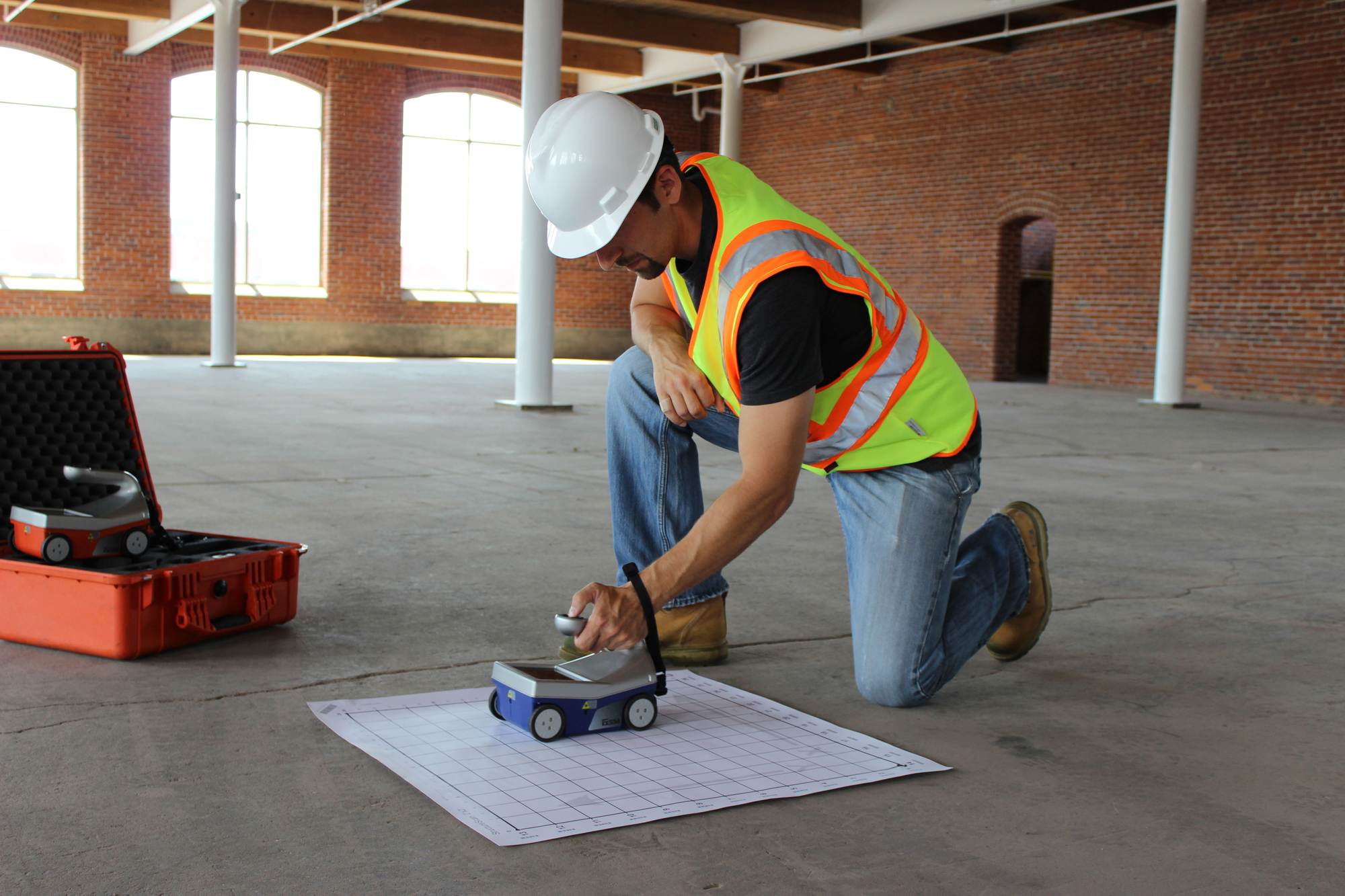RainierGPR Service Areas: Comprehensive Insurance Coverage for Concrete Scanning
RainierGPR Service Areas: Comprehensive Insurance Coverage for Concrete Scanning
Blog Article
Concrete Scanning: An Important Step Towards Ensuring Structural Integrity and Security
In the realm of building and construction and infrastructure maintenance, the value of concrete scanning can not be overstated. This thorough procedure holds the crucial to revealing potential hazards concealed beneath the surface area of apparently strong frameworks. By using innovative modern technology and methods, concrete scanning acts as a critical tool in ensuring that the honesty and security of bridges and buildings are upheld to the highest possible requirements. Nevertheless, beyond its surface-level effects, the duty of concrete scanning expands far much deeper than satisfies the eye.
Relevance of Concrete Scanning
Concrete scanning plays a vital role in guaranteeing the architectural integrity and security of structures and framework projects. By using innovative technologies such as ground-penetrating radar (GPR) and electromagnetic induction, specialists can non-destructively examine concrete frameworks to detect prospective flaws, voids, embedded items, and support layout. This process makes it possible for early discovery of anomalies that can compromise the stability of a structure, stopping pricey problems and ensuring the safety of residents.
Prior to boring, cutting, or coring into concrete, scanning aids recognize the exact locations of rebar, post-tension cables, and various other ingrained aspects, minimizing the threat of unintended hits that can lead to architectural weaknesses. Additionally, concrete scanning aids in top quality control by confirming the density of concrete covers and identifying any type of discrepancies that might impact the overall longevity of the structure.
Technology for Concrete Examination

Benefits of Early Discovery
Timely discovery of architectural issues can significantly reduce dangers and make sure the long life of building and construction tasks. By recognizing possible troubles early on in the construction process, stakeholders can take proactive steps to deal with problems before they intensify right into bigger and more costly issues. One of the crucial advantages of very early detection is the avoidance of structural failings, which can posture severe safety and security dangers and cause project delays and financial losses.
Moreover, early discovery enables prompt repair services and upkeep, which can assist prolong the life expectancy of the structure. By addressing problems quickly, construction groups can avoid pricey repair services and even the see post need for early replacement of architectural elements. This proactive strategy not only saves money and time yet additionally boosts the total safety and resilience of the construction project.
In addition, very early detection can boost job preparation and decision-making by supplying stakeholders with useful insights right into the condition of the framework. Armed with this information, task supervisors can make informed options regarding building timelines, techniques, and products, resulting in more effective and effective project outcomes.
Making Sure Architectural Stability
Guaranteeing the structural stability of a construction project is extremely important to its security and longevity. Structural stability describes the capacity of a building or framework to keep its form and function under different loads and ecological problems. To attain this, complete analysis and surveillance of the structure are important. Concrete scanning plays an essential function in making certain architectural security by detecting prospective concerns such as gaps, delamination, or support deterioration that can endanger the honesty of the structure in time.
By utilizing advanced scanning technologies like ground-penetrating radar (GPR) and electromagnetic induction, building professionals can non-invasively check concrete frameworks to determine areas of concern beneath the surface area. This positive method enables the early detection of defects or weak points, allowing timely repair work or reinforcement to avoid architectural failures.
Regular concrete scanning throughout different building phases and throughout the life cycle of a framework can assist maintain its security, mitigate risks, and ensure the safety and security of passengers. By check this prioritizing architectural stability through concrete scanning, building and construction jobs can boost their durability and sturdiness, inevitably adding to greater security and longevity.
Stopping Important Failings
Applying regular examinations, such as concrete scanning, can reveal hidden defects like voids, cracks, or rust that might jeopardize the stability of a structure. By making use of sophisticated scanning technologies like Ground Penetrating Radar (GPR) or Concrete X-ray, engineers can non-destructively assess the problem of concrete and identify weak points that call for support or repair work.

Verdict
Finally, concrete scanning plays a crucial duty in guaranteeing architectural honesty and safety by utilizing advanced modern technology for very early detection of prospective issues. This positive approach helps protect against crucial failings and makes certain the stability of structures. It is vital to focus on concrete evaluation as a basic method to secure the long life and safety of structures and framework.
Concrete scanning plays a vital role in making certain the structural honesty and Bonuses security of structures and infrastructure projects. In addition, concrete scanning aids in quality control by confirming the thickness of concrete covers and spotting any discrepancies that may impact the total sturdiness of the structure. Concrete scanning plays a critical role in ensuring structural security by spotting possible problems such as gaps, delamination, or support rust that can jeopardize the honesty of the structure over time.

In final thought, concrete scanning plays a critical duty in making certain architectural integrity and safety by using sophisticated modern technology for very early detection of prospective concerns.
Report this page